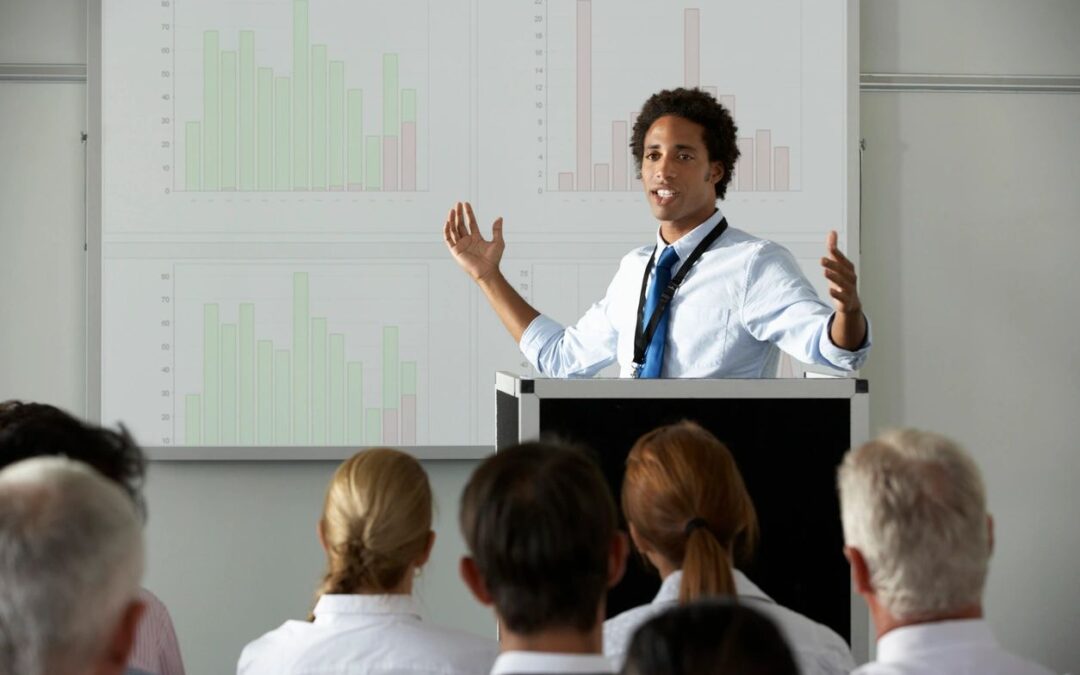Jesse Wynn, Robert Breetz, Matt Johnson –
The PTAB recently hosted a Boardside Chat on effectively presenting technology in AIA proceedings. Patent Trial and Appeal Board Boardside Chat: Presenting Technology in AIA Proceedings, (Nov. 17, 2022) (“Presenting Technology”). Three APJs and two experienced practitioners discussed several strategies for an effective presentation including knowing the audience, determining where technology descriptions should be included throughout the life of the litigation, providing effective technology descriptions in the papers, and presenting technology at the oral hearing.
Know the Audience
First, the panelists emphasized the importance of knowing the audience. They noted that unlike a jury, patent judges have a technical background and experience in patent law; thus, showmanship is unpersuasive and discouraged. With that experience in mind, the panel noted that APJs should be better equipped than some district court judges to understand patented technology. If the technological area is particularly complex, however, there may be at least one APJ that does not have expertise on the particular subject matter. APJs rely heavily on the paper record even with oral argument, so practitioners should focus on explanations of technology in the paper record.
Where to Include General Descriptions of the Technology
Second, the panelists discussed how technology descriptions might differ as the proceeding progresses. The general rule, they explained, is that technology descriptions should start out general and far-reaching in the beginning and focus to the key issues over time. For example, the petition and its accompanying declaration are the best opportunity to provide descriptions of the technology because the remainder of AIA proceeding involves the parties responding to arguments. The panelists recommended including technology descriptions throughout the petition, including in the background section, in a separate technology review section, an overview of the patent, a summary of the prior art, and in the claim construction section. Next, all parties should pay attention to the institution document—it shows the technical issues on which the APJs want to focus.
For patent owners, the panelists stated that the patent owner response is a great place to help the APJs understand the invention process. The response can help to distinguish over the prior art by telling the “invention story.” In their papers, petitioners can also take advantage of this idea by showing how the technology was developed over time by others.
For all parties, the panelists frequently evoked expert declarations as a crucial place to explain technology because they do not have a word limit. Thus, a party may use declarations to define or explain technical terms and concepts, expand on technology in the patent, prior art, or the arguments, and discuss additional references or materials. The panelists emphasized that an effective expert declaration elaborates, but does not parrot, the technology arguments in briefing documents. Declarations that merely parrot the arguments do not assist the APJs in understanding the technology.
The reply and sur-reply should focus on the disputed issues, which ought to be clear by this stage of litigation. The panelists encouraged highlighting technical evidence in these papers to show inconsistencies in the opposing arguments. This might include a declaration with additional technology descriptions and figures. Because demonstratives must be based on evidence in the record, the reply and sur-reply are the last chance to introduce evidence that may be a demonstrative at the hearing.
Tips for Addressing Technology Descriptions
Third, the panelists explained effective techniques for explaining technology in the papers. Common techniques include highlighting or labeling to showcase relevant portions of a figure. The panelists recommended using arrows or descriptors for similar purposes. Color coding is also an effective way to show how claim language matches the figure. This includes matching the colors of the text with the corresponding portion of the figure, as shown below. Presenting Technology at 19:
The panelists mentioned that coloring can be very effective when analyzing chemical formulas, particularly to show similarities or differences between molecules. In general, though, the panelists recommended color coding only those areas that are important in the moment to avoid an overwhelming “rainbow effect.”
As for claims, the panelists recommended using a table to break language into manageable portions. The table can label each portion of the claim so that the label can be used as descriptors later, as shown below. Presenting Technology at 18:
The panelists also recommended magnifying a portion of a figure when a small portion of a figure is at issue—but be sure to indicate that the magnified figure is new.
Presenting Technology at the Oral Hearing
Finally, the panelists discussed presenting technology during the hearing. By this stage, the APJs should be familiar with the record, so general technology overviews are less helpful and should be limited to a few minutes maximum. Instead, focus discussion on the issues in dispute. One effective method is to combine the legal arguments—for example, the elements of a test—in a table with citations to the record that show where precisely the elements are or are not met. The panelists also cautioned parties to remember to seek advanced approval to show an animation or video and that demonstratives must be filed no later than the time of the hearing, if not sooner.
Takeaway
Practitioners should provide broad explanations of the relevant technology at the start of proceedings and narrow to the pertinent issues as the case progresses. To effectively portray these descriptions, the PTAB recommended for practitioners to use highlighting, color coding, and tables.
Matthew Johnson
Latest posts by Matthew Johnson (see all)
- PTAB Allows Three Concurrent IPR Petitions for Unusual Patent Claims - April 25, 2025
- PTAB Finds Petition Time Barred - April 22, 2025
- Federal Circuit Reverses District Court’s Application Of Collateral Estoppel - April 11, 2025



